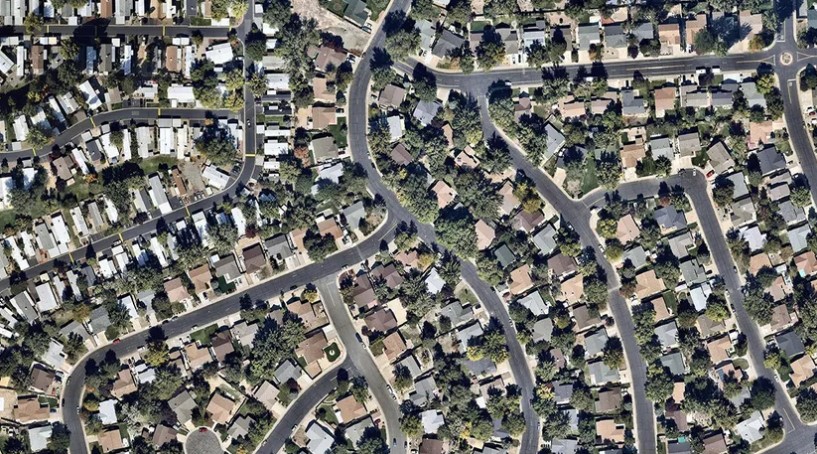Published by REALTOR.com | February 14, 2025
For a century, progressives have made it harder to build new homes in prosperous areas. Workers, immigrants, and the economy pay the price.
In January, the devastating wildfires in Los Angeles spurred California Gov. Gavin Newsom to do something extraordinary for a progressive politician: take aim at regulations. In an executive order designed to help residents rebuild, Newsom suspended environmental reviews, told state agencies to identify rules that might impede construction and instructed bureaucrats to rush any necessary permits through the process.
The measures, Newsom explained, were made necessary by the loss of thousands of homes in a city already suffering a housing crisis. All of which seemed perfectly reasonable. So reasonable, in fact, that it raised a troubling question: If the only way to rebuild was to suspend the regular rules, why were those rules there in the first place?
The answer is that the rules were intended to make it all but impossible to build, not just in California but in much of blue-state America. The efforts of three generations of progressive reformers, seeking to address the problems of their eras, have created a regulatory regime in much of the country that has made it extraordinarily difficult to build new housing where it is needed most.
When we stop building homes where people want to live, Americans lose the chance to move toward opportunity. In a properly functioning economy, workers relocate to find better-paying jobs in faster-growing industries. In the U.S. today, workers instead often remain stuck where they are. As recently as 1970, one in five Americans moved each year. But after a half-century of steady decline, the Census announced in December that we had set a dismal new record, with scarcely one in 13 people relocating to a new home.
That’s not just a problem for those who are stuck. It’s a big cost for all Americans—by one estimate, lowering GDP by $1.8 trillion each year. Perhaps nowhere is the problem more acute than in California, where it has produced overlapping crises of affordability, homelessness and population loss.
How did we reach this sorry state of immobility, in which so many Americans are deprived of agency, dignity and hope?


